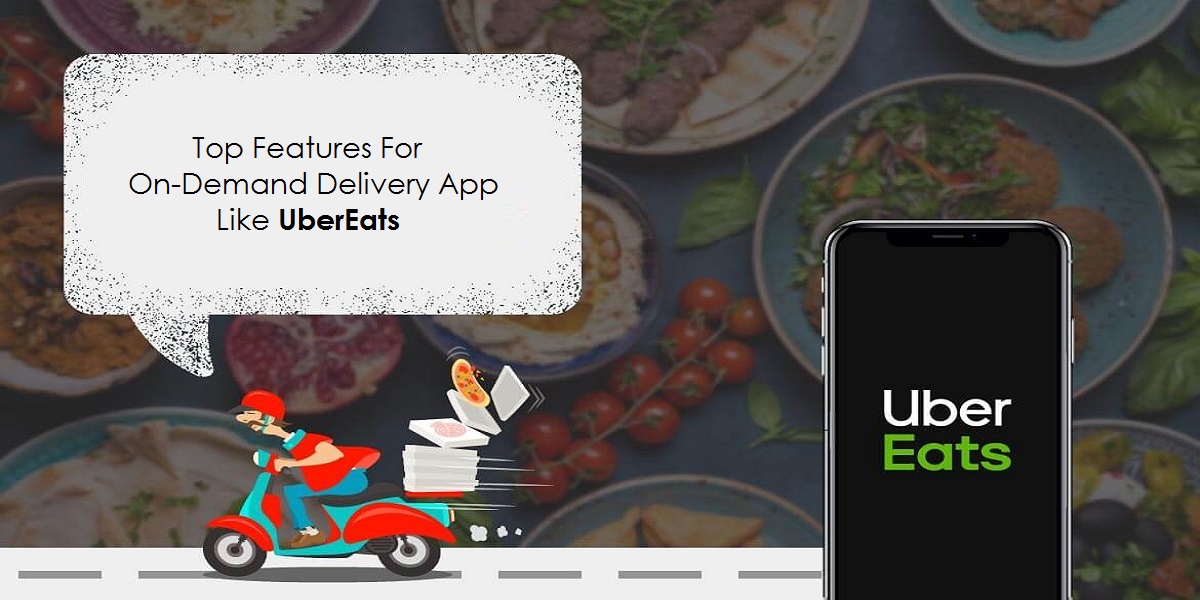
With publically traded companies raking in millions, and global catastrophe putting the food delivery in the "mandatory category," this product niche won't be going anywhere. But what does this trend mean for people in the world of app development? What sort of app features are mission-critical to success? In this blog post, we look at important considerations you need to make before attempting a foray into this crowded but wildly successful market. So let's check our full list of features for an on-demand delivery app!
Key Features of Food Delivery App
Because the food delivery app is so common, getting the right features is critical. If the product you bring to the market isn't at least as good as something already existing, customers are likely to move on without hesitation.
When designing your application, however, it's important to remember that you're tailoring features to three distinct groups of users: the client, the restaurant, and the courier.
The Client-Side App
On the client-side, speed and convenience should be prioritized. Customers hoping to place orders will expect to see several basic features common to most major on-demand food delivery apps, including the ability to sign in fast through third-party credentials.
They will also appreciate the option to pay securely through a range of different digital payment systems. This may include PayPal, Google Play, and others. Of course, the catalog of options must also be robust. The client-side of the application should include a list of all available restaurants and allow people to view and place orders from the menu quickly.
Customers typically expect and appreciate the ability to communicate with their courier. This means allowing for status updates and order tracking and facilitating a means of chatting that allows for updates and concerns to be expressed.
Finally, customers may feel empowered to leave public feedback about their experience with certain restaurants and couriers. In this way, they are able to not only articulate their concerns but also review the experiences other people have had. This public accountability may also make customers feel more confident in their decision to do business with certain restaurants and couriers.
The Restaurant Side app
On the restaurant side of the application, businesses require a robust sign-in page. This feature gives them the opportunity to advertise essential information, including hours, location, menu, and more. Restaurants should also be allowed to add promo codes and allow for discounts seamlessly.
These are features that tend to bolster business, bringing in new customers and pleasing regulars. Consequently, restaurants and cafes are sure to take less kindly to applications that don't have them.
For purely practical reasons, the restaurant side of the application also needs to allow for order tracking and basic communication, both with the person placing the order and the courier. Features of this nature serve to streamline the process and keeps everyone on the same page in real-time.
The Courier Side App
Finally, the courier. Here we find many of the same needs. The courier should be able to sign up quickly, and, with ease, view all relevant data about an order. This might include the size of the order, what time it was placed, and any individual delivery instructions that the client requires. Naturally, the courier must be able to communicate with the client and the restaurant to allow for the asking of questions and the provision of updates.
Indeed, most features favored by the courier will be similar to those valued by anyone else involved in the process. The only divergent interest might reside in the realm of client history. Many food delivery apps include the ability for couriers to keep notes on the experience with certain clients.
In this way, they can quickly reference individual delivery instructions, tipping habits, etc. Couriers are also likely to view this as a feature that serves their well-being. With the note function, they might feel empowered to avoid clients that have historically been problematic.
Summary
Notice the common features listed above. Indeed, the most crucial way in which a food delivery app can succeed is by providing a streamlined experience for all parties. Apps like UberEats succeed in large part because of their convenience factor. In an era that suffers an embarrassment of options, it is the applications that make life most comfortable, leading to the rise to the top.
Apps that can be easily joined by all parties will have a significant advantage over those that are less straightforward. By creating an application that allows for fast sign-ins and seamless communication, you may manage to stand out in this still burgeoning software niche.
